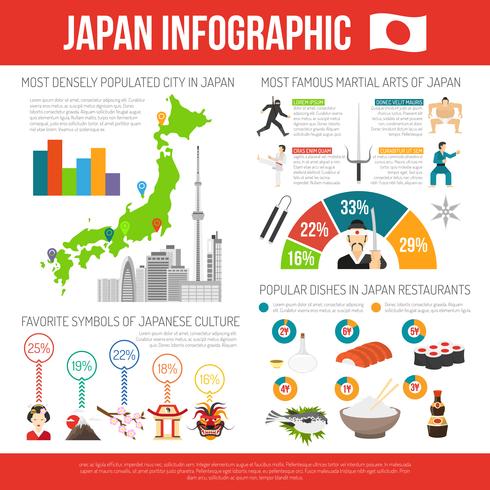The Chronicle And Growth Of Martial Arts: An Examination Of Its Historical Beginnings And Evolution Into Modern Techniques
The Chronicle And Growth Of Martial Arts: An Examination Of Its Historical Beginnings And Evolution Into Modern Techniques
Blog Article
Content By-Dinesen Ayers
Step into the globe of martial arts, where old beginnings and modern strategies clash in an exhilarating trip of discipline and self-discovery.
As you explore the background and development of this fascinating art form, prepare to be mesmerized by the cultural influences, technological developments, and extensive approach that have actually shaped it over centuries.
From the combat zones of ancient civilizations to the training grounds of today, martial arts have actually stood the test of time, constantly adapting and expanding.
Each strike, each activity, carries with it the weight of countless years of practice and wisdom, gave through generations. This is a tale of durability, of warriors who sought not just physical prowess, yet also inner strength and harmony.
Join us on this remarkable exploration as we reveal the secrets, the legends, and the transformational power of martial arts.
Get ready to be inspired, challenged, and permanently transformed by the background and evolution of martial arts.
Social Influences on Martial Arts
As you check out the history and development of martial arts, you'll swiftly uncover the interesting methods which social influences have formed these combat methods.
From the ancient worlds of China and India to the much more current advancements in Japan and Brazil, martial arts have been greatly affected by the societies in which they originated.
As an example, Chinese martial arts, such as Martial Art and Tai Chi, are deeply rooted in the approach of Taoism and the concept of Yin and Yang.
In contrast, Japanese martial arts, like Karate and Judo, show the samurai warrior traditions and the worths of technique and honor.
Similarly, Brazilian fighting style, Capoeira, combines elements of African dancing and songs, showing the social heritage of African slaves in Brazil.
These cultural affects not only provide each fighting style its distinct characteristics however additionally offer a deeper understanding of the historic and social contexts in which they evolved.
Technical Innovations and Martial Arts
With the rise of advanced weapons and cutting-edge training tools, you've been able to improve your abilities and adapt to the ever-changing fight landscape.
Technological improvements have changed the method martial arts are practiced and taught. Virtual reality simulations currently enable you to train in reasonable combat scenarios without the risk of physical damage. High-speed electronic cameras record every move, allowing you to analyze and ideal your strategies. Wearable gadgets check your heart rate, breathing, and muscular tissue activation, offering instant feedback on your performance.
Furthermore, the advancement of customized tools, such as resistance bands and agility ladders, has enabled you to boost your speed, strength, and dexterity. https://daltonunevk.elbloglibre.com/29854886/martial-arts-for-children-promoting-confidence-and-character-development-from-a-young-age have not only made training a lot more reliable however have likewise pressed the borders of what is feasible in martial arts, enabling you to reach new elevations in your practice.
The Ideology and Concepts of Martial Arts
The ideology and principles of martial arts are deeply rooted in shaping your attitude and instilling technique, focus, and respect in your technique.
1. Way of thinking: Martial Arts teaches you to create a solid and resistant state of mind. It allows you to overcome obstacles both on and off the mat, pressing your limitations and persevering when faced with difficulty.
2. Self-control: Martial Arts needs discipline and self-constraint. Via routine training and adherence to stringent policies and techniques, you find out to manage your impulses and establish a solid job principles.
3. Focus: Martial Arts requires intense focus and concentration. By educating your mind to be present in the minute, you boost your capability to respond quickly and efficiently throughout battle circumstances.
4. Respect: Martial Arts emphasizes respect for oneself, instructors, educating companions, and opponents. It educates you to value the abilities and experiences of others, fostering a sense of sociability and gamesmanship.
Final thought
Congratulations on finishing your trip with the fascinating globe of martial arts! Throughout this expedition, you have seen the rich background and impressive evolution of these combat methods.
From Read More Listed here to the contemporary methods we see today, martial arts have actually been shaped by cultural impacts.
The assimilation of innovation has actually likewise played a significant function in revolutionizing the way martial arts are taught and exercised in today day.
Nonetheless, it is very important to remember that martial arts are more than simply physical fight. They incorporate profound approaches and leading concepts that go beyond the simple act of fighting.
Take a minute to assess this anachronistic experience and appreciate exactly how the heritage of martial arts remains to prosper in the here and now, going beyond time and borders.
